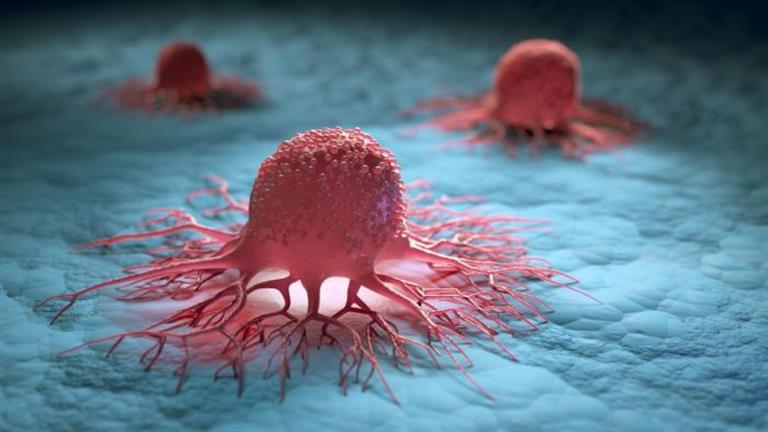Norway, orange, mountain top and fish.
It could have been a “who’s going out” task on “Nytt på Nytt”, but all four are part of or can be associated with the popular Solo soft drink.
This means that not everyone can enjoy the orange soft drink with a clear conscience.
– It is true that Solo cannot be considered vegan, confirms communication manager Nicolay Bruusgaard in Ringnes to Nettavisen.
It can be said that fish is included in the process of making the drink.
– Fish jelly is used as a processing aid in Solo, Solo Super and Solrik, writes Bruusgaard in an e-mail to Nettavisen.
According to Bruusgaard, fish jelly is “a vehicle for carotenes, which is the dye used in Solo and other similar yellow sodas.”
In good Norwegian: gelatin ensures that the dyes are evenly distributed in the liquid.
Fish bladder?
But why isn’t fish jelly on the ingredient list?
In the first e-mail to Nettavisen, Bruusgaard writes that “in Norwegian laws and regulations, fish gelatine is not considered an ingredient, but a processing aid, and therefore is not subject to labeling” and that “the finished product does not contain gelatine. of fish”.
– Does that mean he will be removed again after playing his role?
– Not entirely, there may be traces of the fish gelatine adjuvant in Solo processing, so the product cannot be described as vegan. But as mentioned, even process aids are not subject to labeling, Bruusgaard answers the follow-up question.
On the Internet, several blogs and other smaller sites claim that Solo is filtered through a fish bladder, but Bruusgaard does not mention it in his emails to Nettavisen.
– Is it wrong to write fish bladder?
– Gelatin (or collagen) is a more precise word to use, replies Bruusgaard.
The head of the Norwegian vegan company, Steffen Tretvoll Althand, is unaware that Solo is not vegan when Nettavisen contacted him:
– But I know that some sodas, beer and wine are not vegan. It’s something we have to deal with, she says.
Coca Cola turns around
When Nettavisen then calls Coca-Cola Norge to find out which of their products aren’t vegan, the company replies that they need to look into the matter and that it’s not something they can answer instantly.
A short time later, the communications office sends by e-mail:
– All of our soft drinks in the Norwegian wallet can easily be included in a vegan diet.
When Nettavisen then tells what Ringnes has already said, and specifies that Coca-Cola’s Urge product also contains carotene, the company writes:
– We will get in touch with you.
Read also: What do crocodiles taste like? Now the flavors reveal themselves after huge advances
A few hours later, Communications Director Inger Marie Ingdahl explains:
– Sorry, but there was an internal misunderstanding with us. Our drinks do not contain ingredients of animal origin and can easily be included in a vegan diet. The exception is Urge, which contains beta-carotene in which fish gelatin is a carrier.
The case continues during the vote.
Vegan community declared
The misunderstanding at Coca-Cola Norway makes the Norwegian vegan community shake their heads:
– The fact that they don’t have an overview matches their own experiences well and illustrates how difficult it can be for consumers to obtain reliable and valid information from manufacturers, Althand tells Nettavisen.
It also reacts to the fact that this is not mandatory:
– I believe that goods should be better labeled if they contain animal products. I’m so tired of reading it in too small print on the back of all the products I buy in the store. It’s a real problem, she says.
Althand also suspects that Nettavisen receives a quick response from Ringnes and Coca-Cola in this matter because journalists are making contact. For the regular consumer, the threshold for making contact is perhaps even a little higher, according to him.
Read also: – I was 22 when I found out that teddy bear juice is not juice …
Ringnes promises that’s not the case:
– We always respond when we receive questions about this and our products, writes Bruusgaard to Nettavisen.
Althand is still not entirely satisfied with the vegan situation in Norway:
– You can imagine the reality as a consumer, that you have to visit all manufacturers to find out if they have ingredients that they don’t reveal in their product. It’s very frustrating, says Althand.
At the same time, he believes that many vegans in Norway today live together and have accepted that they sometimes accidentally consume animal products:
– We must recognize that we cannot spend all our time investigating what we eat. At some point, we just have to say ‘now I’ve done what I can’, and then if you accidentally consume the fish jelly in a drink, sadly that’s how it went when you didn’t know better. It’s a problem we have to live with, says Althand.


